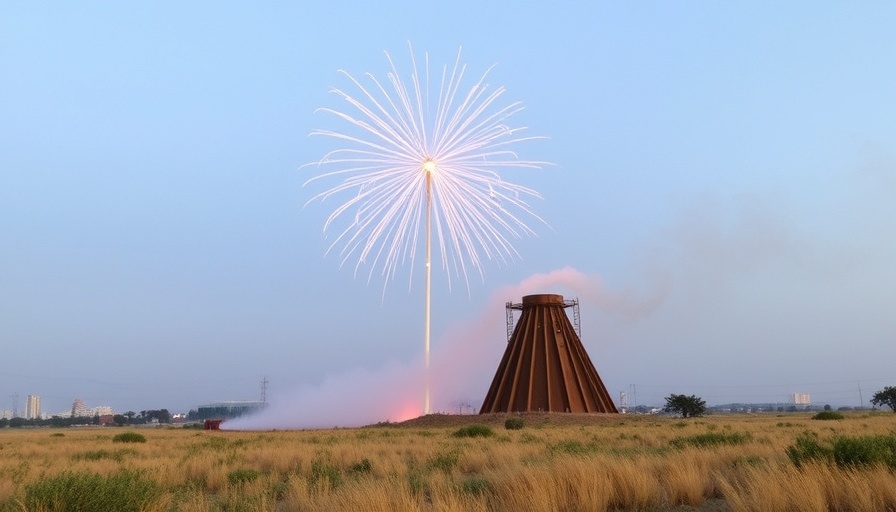
Discover the Enigmatic World of the White-bearded Manakin
In the lush landscapes of Trinidad and parts of South America, the white-bearded manakin offers a stunning display that echoes the excitement of a celebratory firework show. These small, plump birds, often mistaken for tennis balls due to their distinctive black and white coloring, are more than just a treat for the eyes; they are masters of courtship, using their wings to create impressive sounds that mimic the crackling of fireworks.
A Dazzling Display of Courtship and Competition
The male white-bearded manakin engages in a captivating performance, flitting between thin, leafless stems with remarkable agility. Up to a dozen males may gather to showcase their talents, each competing for the attention of the females. Their wing snaps resonate through the air, and when a female approaches, the stakes rise. The male transforms his behavior into a synchrony of acrobatics, sliding down vertical branches while flashing his white beard-like plumage to impress his potential mate. This competitive display not only captivates observers but also ensures the continuation of their species.
Sounds of Nature: The Symphony of the Amazon
As you listen carefully, the orchestra of wing snaps fills the air, turning the forest floor into a bustling hub of avian activity. It's a moment where the wild comes alive, and for birdwatchers and nature enthusiasts, it’s a fascinating glimpse into the mating rituals of these extraordinary creatures. This behavior, often described as akin to a lively game of pinball, reflects the vivid biodiversity of the Amazon rainforest.
The Relevance of Avian Courtship to Environmental Awareness
Understanding the intricate mating rituals of birds like the white-bearded manakin helps foster a deeper appreciation for biodiversity and the ecosystems that support such life. As environmental challenges escalate globally, knowing these unique behaviors may inspire conservation efforts that protect their habitats. Every flit and snap we observe contributes to the larger narrative of avian survival and the vital roles they play in sustaining ecological balance.
Unpacking the Cultural Significance
Bird songs and displays serve not just a biological purpose; they resonate within cultural contexts, especially in regions where these birds thrive. The awe inspired by observing their courtship plays a pivotal role in local traditions and tourism, showcasing the rich natural heritage of South America. Such experiences underscore the importance of wildlife preservation, promoting values of respect and coexistence with nature.
As we engage with these wonderful displays of life, it’s crucial to reflect on our role in protecting these avian wonders. Every observant eye counts, and every shared experience brings us closer to understanding the intricate balance of our environment. Let's continue celebrating and protecting the vibrant avian life of our planet!
 Add Row
Add Row  Add
Add 




Write A Comment